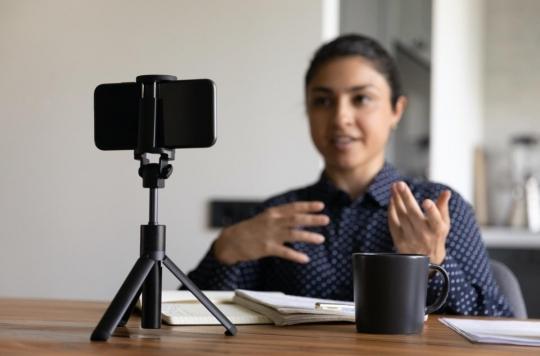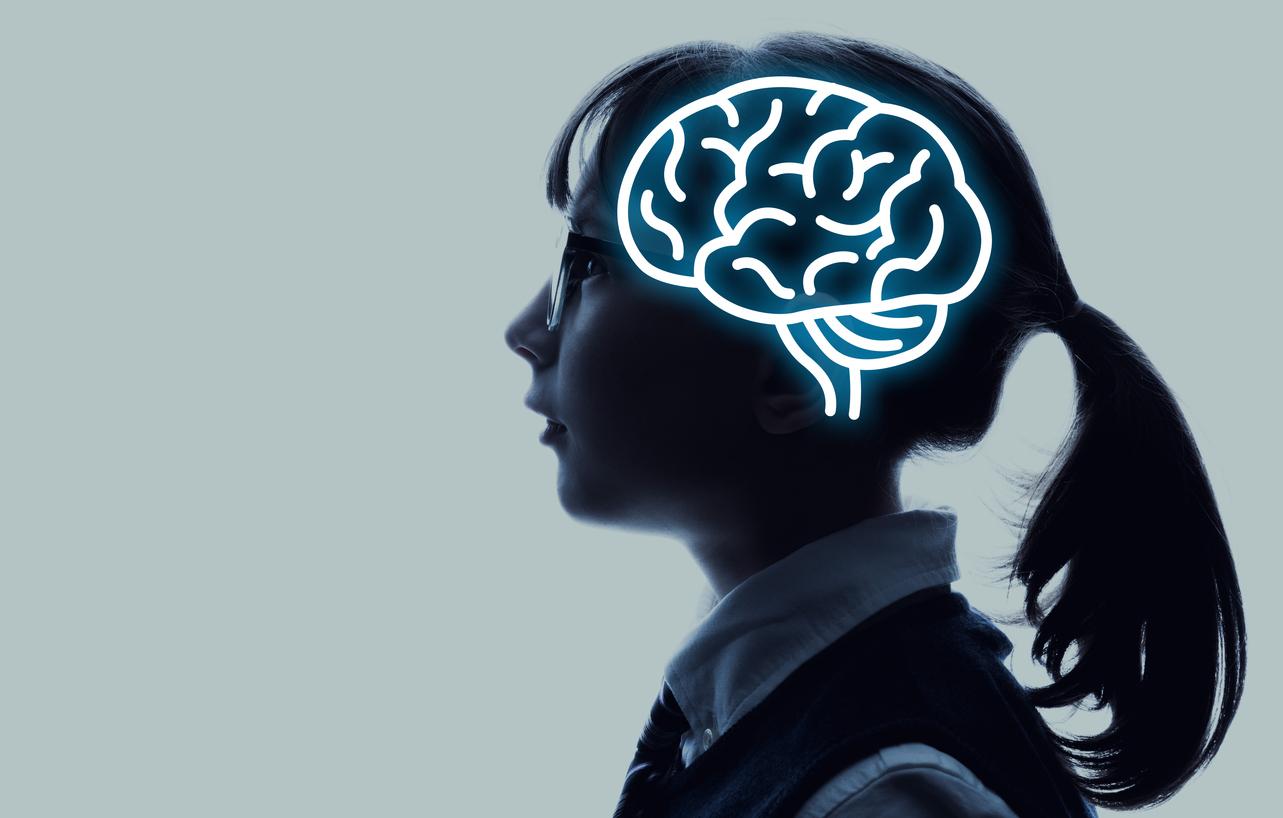Researchers have developed a technique to detect the pulse and the respiratory signal using the camera of a smartphone or computer.

- A device allows you to control your pulse from the camera of a smartphone or computer
- Analysis of light on the face gives an indication of blood flow
Telemedicine seems more necessary than ever. At a time when social interactions are restricted, it makes it possible to consult without moving thanks to video calls. But the video has drawbacks: the doctor cannot have all the necessary information about his patient, such as the pulse for example. From Washington University researchers have found a solution. They have developed a tool to measure it remotely using video. It is also capable of estimating the respiratory rate, i.e. the number of inspiration-expiration cycles carried out in one minute.
The technique of “machine learning“
To develop it, the researchers used the technology of “machine learning“, a form of artificial intelligence. It allows in particular a classification of images. “If you give her a series of photos of cats and then ask her to find cats in other photos, she can do that.“, explains Xin Liu, one of the researchers behind this tool. However, the machine had to be taught to focus on a part of the video where the maximum physiological information is present. “The system must be able to quickly adapt to the physiological signature of each person, and to separate it from other variants, such as their appearance or the environment in which they find themselves.“, he continues.
Improved versions
After several fine-tunings, the scientific team managed to create a high-performance system. For now, it is only available in a trial version : you have to place your face in the red square placed on the screen, then not move for 30 seconds. A curve of pulse is then displayed. This is the second version of the tool, less sensitive to lighting conditions and physical differences than the first. It uses the reflection of light on a person’s face to determine blood flow and thus estimate pulse and respiratory rate. “We recognize that performance is worse when the skin of the person is darkwarns the researcher, this is partly related to the fact that light reflects differently on dark skin, which generates a weaker signal for the camera.” Research is underway to find a solution to this problem.
Where will the data go?
If this tool is promising for telemedicine, it raises ethical questions. Where will the collected information be stored? The researchers assure that they will be kept only on the machine (computer or smartphone), and not on external servers. For now, they must continue their trials and are looking to develop partnerships with hospitals to test the system in a clinical setting.

















